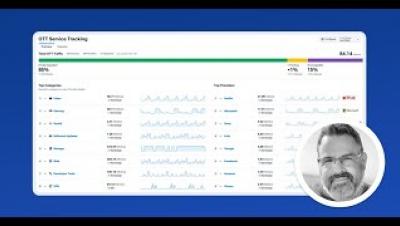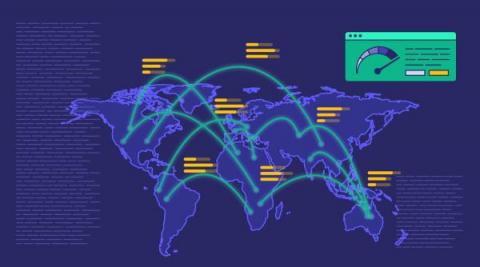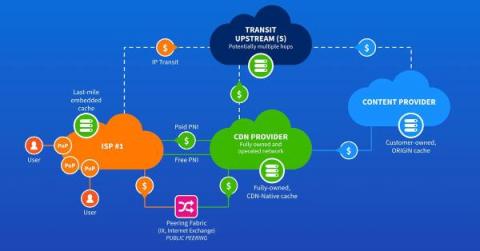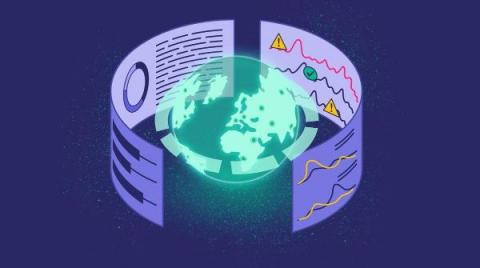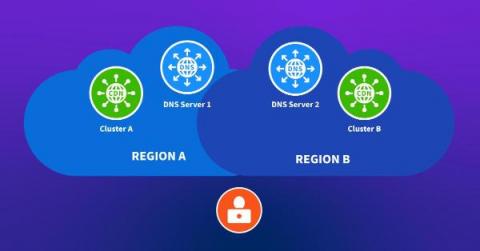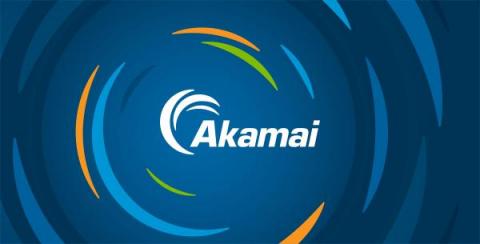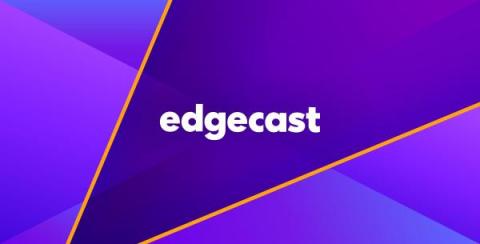Operations | Monitoring | ITSM | DevOps | Cloud
CDN
How to Choose the Best CDN Monitoring Tool for Your Needs
Rich content like videos and graphics used to cause network congestion and long load times when all the content was stored on a centrally located server. Fortunately, Content Delivery Networks (CDNs) came to the rescue in the late 1990s, letting users load rich content from a location geographically closer to them and reducing load times by distributing a cached version of content across servers worldwide.
Unlocking the Power of Embedded CDNs: A Comprehensive Guide to Deployment Scenarios and Optimal Use Cases
This guide explores the benefits of embedded caching for ISPs and discusses deployment optimization strategies and future trends in CDN technology. Embedded CDNs help reduce network congestion, save costs, and improve user experiences. ISPs must carefully plan their deployment strategies by considering how each of the CDNs distributes content and directs end-users to the caches. They need to know both the CDNs and their network architecture in detail to build a successful solution.
Top 16 CDNs to Speed Up Your Website in 2023
A Content Delivery Network (CDN) is a network of servers or nodes spread around the world that stores and delivers the components of a website such as images, videos, or other static files. It can help both big and small websites deliver their content to users at the fastest speeds possible. If you’re new to the world of CDNs, it might seem intimidating when you’re trying to choose one that best fits your website.
4 CDN Monitoring Tools to Look At
Beyond their primary function of bringing internet content closer to client servers, CDNs also play a vital role in network security. For instance, CDN helps you absorb traffic overloads from DDoS attacks by distributing traffic across many servers. However, the volume of servers under your CDNs control and their geographically distributed nature presents its own set of risks, operational and security. Choosing the best CDN monitoring tool is critical to the end-user experience.
Speeding Up the Web: A Comprehensive Guide to Content Delivery Networks and Embedded Caching
Content delivery networks are an important part of the internet, as they ensure a short path between content and the consumers. The idea of placing CDN caches inside ISPs networks was created early in the days of CDNs. The number of CDNs with this offering is growing and ISPs all over the world take advantage of the idea. This post explains how this works and what to look out for to do it right.
How to: Using a CDN - Complete Guide to Content Delivery Networks
Content Delivery Networks (CDNs) are becoming the norm for many web-based applications, but too often the benefits of CDNs go unnoticed. If you're looking to increase speed and reduce bandwidth, a CDN can be your solution. This comprehensive guide will provide you with all the information you need to get started using a CDN, including when it makes sense to use one and how they compare to other options.
Why Hybrid Network Monitoring is Key for Retailers This Holiday Season
The main street in my town is mostly lined with mom-and-pop shops, and I love to support these businesses. Large online retailers keep making it harder for these stores to compete, so I think it’s important to keep doing business with them when I can. Lately, it’s been interesting to see that these mom-and-pop shops increasingly have something in common with the largest online retailers: They’re reliant on the internet to deliver their goods and services to consumers.
Monitor Akamai Datastream 2 with Datadog
Akamai is one of the world’s largest CDN solution providers, helping companies greatly accelerate the secure delivery of content to their users all across the globe. Akamai provides this content delivery through its Intelligent Edge Platform, which is made up of hundreds of thousands of edge servers distributed around the planet.
Monitor your Edgecast CDN with Datadog
Edgecast is a global network platform that provides a content delivery network (CDN) and other solutions for edge computing, application security, and over-the-top video streaming. Using Edgecast’s JavaScript-based CDN, teams can improve web performance by caching static and dynamic content with low latency and minimal overhead.


